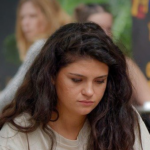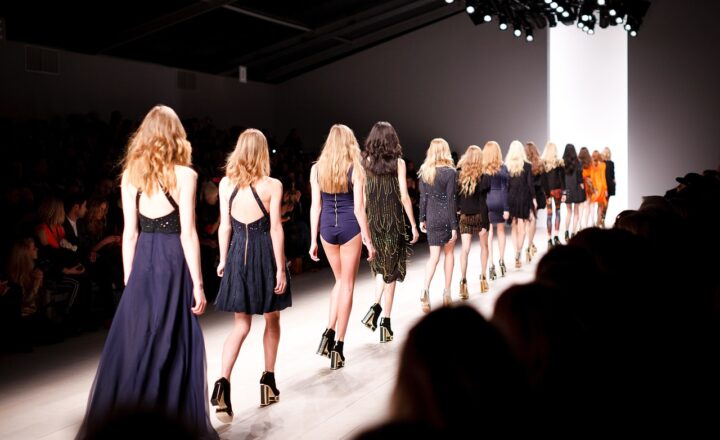
Superhero costumes play a pivotal role in defining the characters we love, both on the pages of comic books and on the giant screens of Hollywood. Over the decades, these costumes have not only been a reflection of the changing times but have also helped shape cultural ideologies and definitions of heroism. In this article, we’ll journey through the history of superhero costumes, exploring how they’ve evolved from their humble beginnings to the iconic ensembles we recognize today.
1. The Birth of Superhero Costumes
The concept of superhero costumes began in the early 1930s with characters like Superman, who made his first appearance in Action Comics #1 in 1938. These costumes were originally designed as a means to visually represent moral superiority and exceptional abilities. Superman’s costume, paired with a cape, became instantly iconic, characterized by the bright colors of blue and red that stood for hope and strength.
Common Elements of Early Costumes:
– Caped Warriors: Capes symbolized power and majesty; they created an image of figures that could soar above ordinary challenges.
– Bright Colors: The vivid colors were eye-catching and represented the heroic traits of these characters, making them easily identifiable even from a distance.
– Symbolic Logos: Characters like Superman carried logos that epitomized their essence, further entwining visual identity with moral associations.
Interestingly, even Fawcett’s Captain Marvel, who debuted in 1940, followed suit, emphasizing these visual elements in a similar manner.
2. The Silver Age: Redefining Costumes
The 1960s marked the Silver Age of comics, a period characterized by more sophisticated and relatable characters. This era introduced a shift in the design and functionality of superhero costumes.
Key Innovations During the Silver Age:
– Emphasis on Practicality: Characters like Spider-Man wore a costume that allowed for agility and movement, showcasing how design emphasized function over pure style. His skin-tight suit represented a more realistic interpretation of what a hero might wear while navigating urban landscapes.
– Complex Colors and Patterns: From Daredevil’s dark suit to the more colorful designs like the X-Men’s uniforms, costumes began to reflect individual personalities and backgrounds, rather than just a singular heroic archetype.
– Cultural Representation: This era also noted the introduction of heroes like Black Panther in 1966, whose costume incorporated elements of African culture, showcasing a growing awareness of diversity within the superhero genre.
As audiences grew more diverse, costumes began to evolve beyond mere aesthetics, becoming a reflection of broader social issues.
3. The Modern Era: Fashion Statements and Technology
The modern era of superhero costumes is an amalgamation of tradition, technology, and fashion, especially influenced by blockbuster cinematic adaptations. Characters like Iron Man showcased suits built with advanced technology, transforming from physical costumes to high-tech armor that demonstrated character capability.
Trends in Modern Costumes:
– Realism and Detail: With the advancements in visual effects and fabric technologies, costumes now include intricate details, textures, and materials that bring realism into play, such as Iron Man’s nanotechnology.
– Fashion-Forward Designs: Characters like Wonder Woman and Black Widow showcase designs that are not only functional but also fashionable, appealing to contemporary aesthetics and inspiring new generations.
– Cinematic Influence: The movie-going experience significantly impacts costume design, evidenced by how characters from the Marvel and DC cinematic universes have redefined traditional looks through contemporary reinterpretations.
These modern representations prompt discussions about identity and empowerment, resonating with diverse audiences.
4. Cultural Significance and Representation
The evolution of superhero costumes is not merely about fabric and colors; it symbolizes a broader commentary on social issues. Today’s superheroes don’t just reflect cultural aspirations but are also mirrors to our society.
Modern Themes Addressed Through Costumes:
– Diversity and Inclusion: Costume designs have embraced various cultures and identities, making characters relatable to a broader audience. This is evident with characters like Ms. Marvel, whose outfit incorporates her South Asian heritage, or Moon Knight, addressing mental health through symbolism.
– Feminism and Empowerment: The portrayal of female superheroes has seen significant changes, moving from hyper-sexualized designs to empowering and functional costumes, reflecting the shift towards gender equality.
– Environmental Awareness: Contemporary adaptations include ethical considerations in material choices and costume manufacturing, leading to discussions about sustainability within superhero narratives.
This cultural evolution highlights how superhero costumes continue to influence and reflect societal shifts, fostering a dialogue about identity and representation.
5. Conclusion: What Lies Ahead for Superhero Costumes?
As we look into the future, superhero costumes are likely to continue evolving, incorporating innovative technologies and reflecting social issues. The possibilities are vast, from bio-integrated materials to enhanced functionality driven by user demands.
Whether it’s through monitoring health conditions or providing advanced protection, future superhero costumes have the potential to blend fiction with real-life benefits.
In the end, superhero costumes are more than just visual representations of fictional characters; they embody the spirit of the times, societal values, and the evolution of storytelling itself. Just as heroes continue to change and adapt, so too will their costumes, leaving us excited for what’s next.
By appreciating the rich history of superhero costumes, we realize their significance transcends the comic pages and cinema—they inspire, empower, and entertain us across generations.






